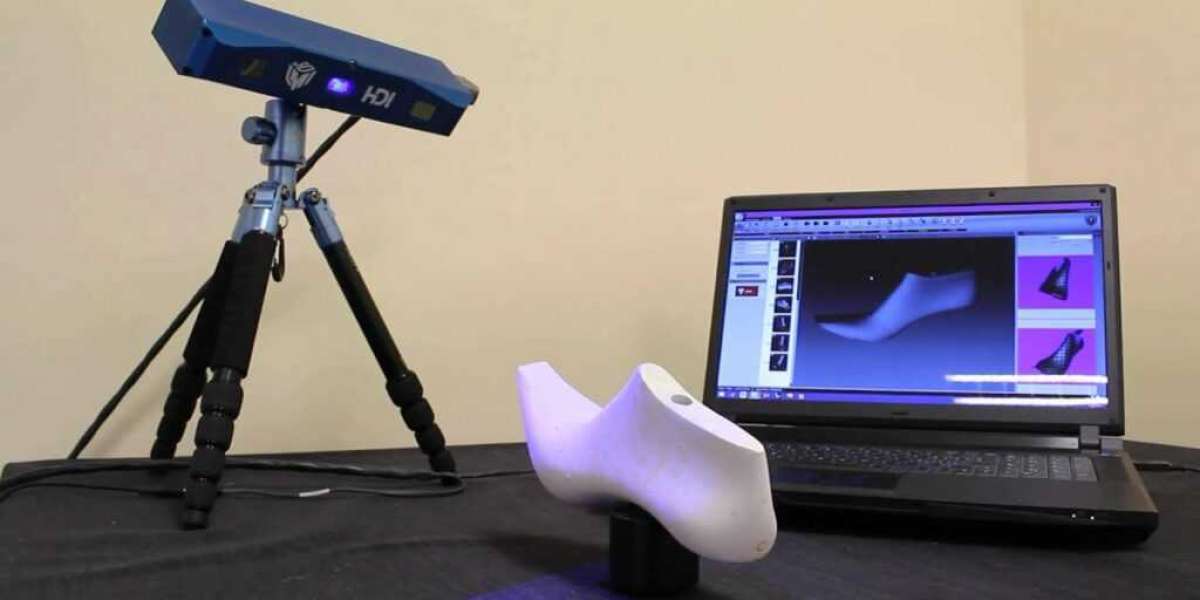bing issues, or even security threats. In these situations, having instant access to critical building information is vital. School facility management software provides risk management teams and first responders with the tools they need to access building plans, emergency procedures, and equipment logs quickly. This immediate access helps to mitigate risks and ensure the safety of everyone on campus.
Boosting Productivity of Facility Management Teams
Facility management teams are responsible for the daily upkeep and smooth operation of school buildings. The COVID-19 pandemic has added extra pressure on these teams, with many schools experiencing staff shortages and an increase in deferred maintenance tasks. One of the significant challenges faced by these teams is accessing building information while in the field. With smart technology integrated into facility management software, maintenance teams can access the information they need instantly, reducing the time spent on work orders and improving overall productivity.
Preserving Historical Building Information
As experienced facility team members retire or leave, valuable historical building information can be lost, leading to inefficiencies and potential safety risks. Facility management software addresses this issue by storing all relevant building data in a centralized, easily accessible location. This ensures that new and existing staff can quickly access historical information, reducing the likelihood of critical knowledge being lost.
Improving Asset Management and Maintenance Efficiency
Many schools use asset management software to track work orders, inventory, and equipment maintenance. However, when equipment malfunctions, accessing operation and maintenance (OM) manuals from the field can be challenging. Facility management software integrates with existing asset management systems, providing instant access to OM information, which significantly improves maintenance efficiency and reduces backlogs.
Facilitating Seamless Communication and Data Sharing
Effective communication is crucial in managing school facilities, especially when dealing with emergencies or complex maintenance tasks. Facility management software enables seamless communication between facility teams, contractors, and other stakeholders. With real-time data sharing capabilities, teams can quickly share building information, shut-off locations, and equipment maps, ensuring that everyone involved is on the same page and that issues are resolved promptly.
Ensuring Data Security and Accessibility
In addition to improving operational efficiency, facility management software ensures that all building and maintenance data are securely stored and easily accessible. Utilizing cloud storage with unlimited capacity, schools can store vast amounts of data and retrieve it at any time. This accessibility is particularly beneficial for mobile facility teams, who can access critical information from anywhere using their mobile devices.
Conclusion
The implementation of facility management software in K12 schools has a profound impact on the maintenance and operations of school facilities. By enhancing safety, boosting productivity, preserving historical information, and improving communication, this software is an indispensable tool for school districts. As schools continue to evolve and face new challenges, the role of facility management software will only become more significant in ensuring the safety and efficiency of school operations.








